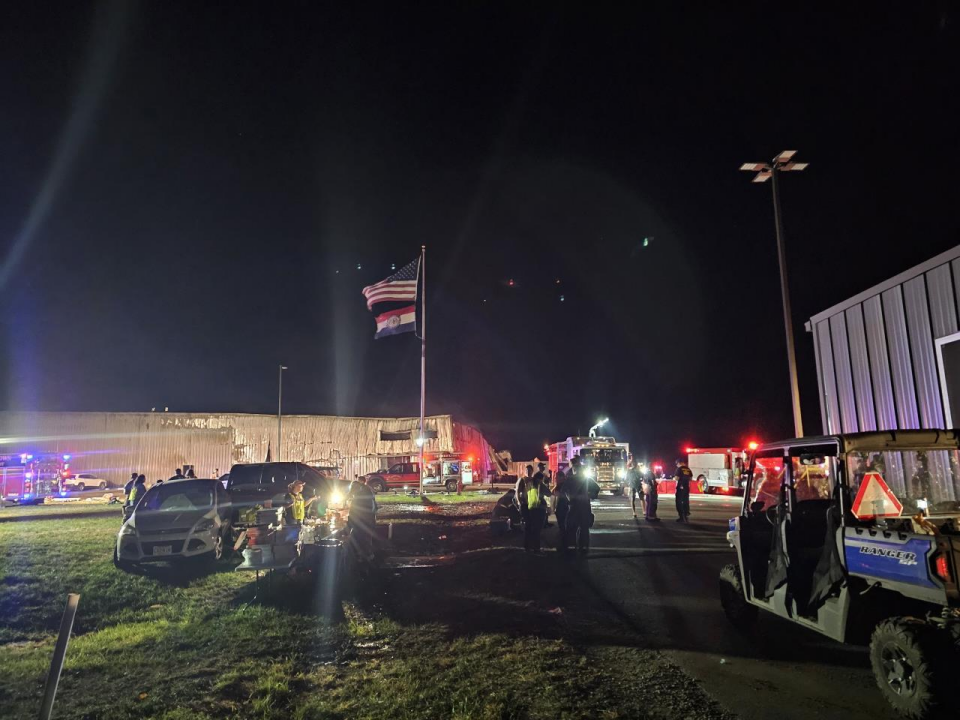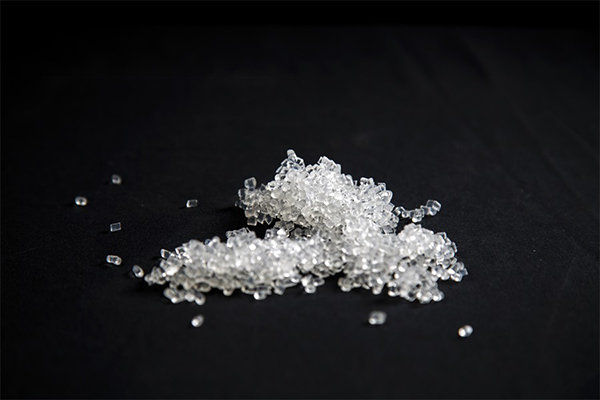On October 30th, a fire broke out at the Critical Mineral Recovery (CMR) lithium battery recycling plant in Missouri, causing explosions and leading to the complete destruction of the facility. This incident underscores the significant risks associated with the recycling and disposal of lithium-ion batteries, a key energy storage technology for many electric vehicles and renewable energy applications.

While lithium batteries have gained widespread use due to their energy density, they come with substantial safety and environmental concerns, particularly when it comes to fire hazards and hazardous gas emissions during fires. In contrast, Vanadium Redox Flow Batteries (VRFBs), powered by Vanadium Redox Flow Battery Proton Exchange Membranes (VRFB PEM), offer a much safer, more environmentally friendly alternative. The VRFB PEM technology provides a stable, non-flammable solution for energy storage, making it an ideal choice for large-scale renewable energy storage applications where safety and long-term reliability are paramount.
As the global demand for energy storage grows, the need for safer and more sustainable energy storage technologies is critical. With the Vanadium Redox Flow Battery (VRFB), users benefit from longer lifespan cycles, better scalability, and lower environmental impact compared to traditional lithium-ion solutions. Moreover, VRFBs are more resilient to extreme temperatures and fluctuations in power demand, ensuring consistent performance even under challenging conditions.
At a time when battery safety concerns, like those highlighted by the fire at CMR, are becoming more prevalent, it is crucial to consider alternative solutions that provide both safety and sustainability. VRFB PEM is a forward-thinking technology that not only reduces the risk of fire and environmental harm but also offers a practical and efficient solution for renewable energy storage.




